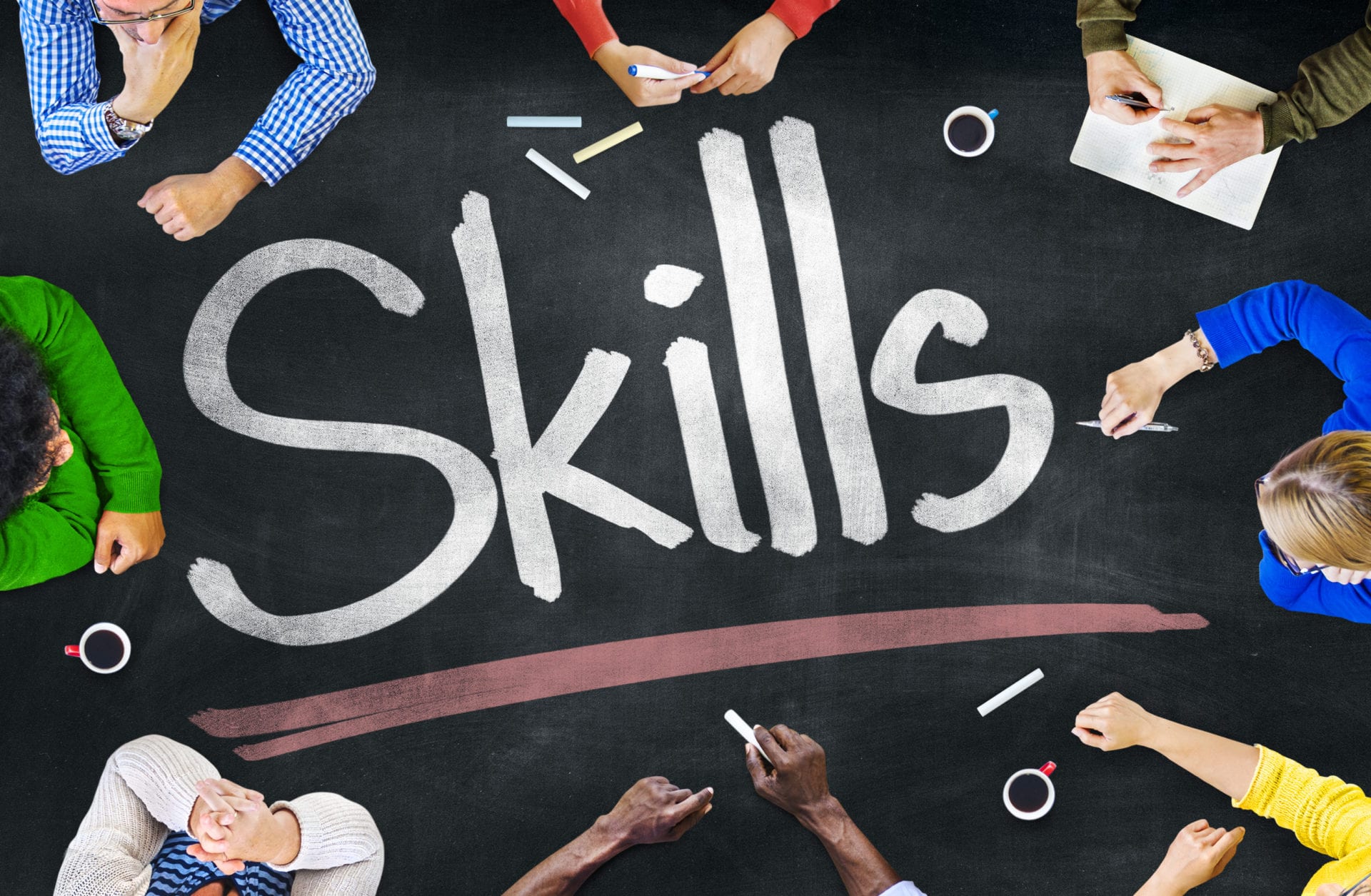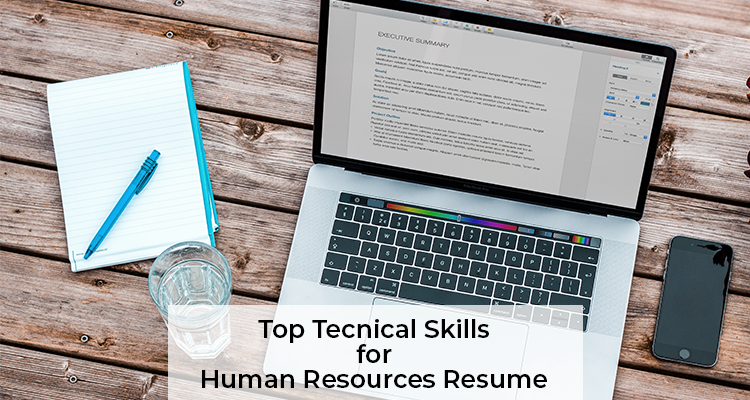
Top 6 Technology Skills Every HR Professional Needs Today
With the whole world going increasingly digital, HR managers and personnel need the ability to adapt to new technology. Whether it’s managing information on the cloud, working on the go through mobiles and tablets, or engaging with people on social media sites, today you’re expected to do more than ever before.
HR professionals are expected to handle a variety of demands, including:
- Helping to find and recruit talented employees
- Managing onboarding and training for new hires
- Tracking payroll, holidays and attendance records
- Handling employees’ personal or professional issues
- Letting go of employees who aren’t performing
- Retaining good employees when they give notice
Modern technology can make these and other tasks easier, but only if you understand which tools to use and how to use them right!
Top 6 Technology Skills Every HR Professional Needs Today
As an HR professional, knowing how to use these 6 technological tools can help you retain an edge in today’s business environment:
1. Social Media Platforms
Social media tools such as Facebook, Twitter, and LinkedIn have become essential to business networking, especially in HR. As such, it’s essential to know how to use them for various purposes:
a. Posting information about job openings on the company’s pages and encouraging employees to share them helps you reach more candidates.
HR Metrics for Organizational
Development Cheat Sheet
Organizational development is a critical process that should be monitored with the right HR metrics. These strategic metrics will help you manage your organization’s ability to change
Download the FREE metrics cheat sheet
b. Checking out potential candidates’ social media profiles and public posts can help you determine whether they will be a good fit for the company.
c. Using social media platforms to communicate with employees and the public about upcoming company events improves employer brand visibility.
Social media skills are a must for every modern-day HR professional.
2. Human Resources Information Software
Familiarity with an HRIS solution can help streamline several HR tasks and processes, and reduce manual error as well:
a. Filling out forms online and storing documents electronically minimizes the amount of physical paperwork you need to maintain.
b. Automating payroll processes and other HR tasks improves your team’s productivity and efficiency. This saves both time and money.
c. Documents filed in a digital form are easier to complete, manage and retrieve on time. This helps to reduce compliance problems.
Knowing how an HRIS works is a tech skill that can make
your everyday HR life a lot easier.
3. Talent Acquisition Software
Knowing how to use an Applicant Tracking System or ATS can be incredibly helpful for HR recruitment and hiring:
a. With a social media integrated ATS, you can post to multiple job boards, careers pages, and social networking sites through a single platform.
b. Automated resume parsing, candidate screening, and interview scheduling features can significantly reduce the manual workload for recruiters.
c. Using smart filters helps you shortlist qualified candidates faster, freeing up your time and energy for interviewing people and finding the best fit.
d. By automating job postings, communications, interview reminders and other tasks, an ATS cuts down both administrative and personnel-related costs.
Being able to work with an ATS is a big plus when it comes to recruitment and hiring activities.
4. Cloud Technology
Understanding how to operate a cloud-based applicant tracking system, preselection platform, or other HR software is important since everything is online these days:
DIGITAL HR CERTIFICATE PROGAM
Master The Latest
Digital HR Skills
Learn to Build a Digital HR Strategy and Start Leading the Digital Transformation in HR
a. Centralization of HR and business data makes it easier to access, organize and manage everything from onboarding to payroll, feedback and more.
b. Having candidate and employee data in one location improves turnaround times by reducing back-and-forth communication between departments.
c. Cloud-based HR systems can help improve communication and transparency within the company. This enhances employee engagement and retention.
d. With policies, performance metrics and best practices on the cloud, you can boost consistency across the organization, even in different locations.
Cloud-based software and applications are becoming the norm
in HR technology.
5. Gamification Techniques
Bringing a sense of competition and fun into recruitment and other HR functions improves collaboration, connection, and motivation:
a. Adding a game to your organization’s careers page can enhance talent acquisition by creating interest and engagement among potential candidates.
b. Themed puzzles and games can also be used to test whether prospective applicants will fit in with the company’s culture, values, and environment.
c. You can use gamification tools to improve learning and development, through knowledge sharing, networking, and simulations of real-life scenarios.
d. Gamification techniques can help you make employees feel connected with their team, so they are more absorbed and motivated at the workplace.
Adding elements of gamification to for example the candidate preselection process
can boost your candidate experience.
6. Talent Management Software
Using Talent Management Software or TMS and learning management systems can help you streamline hiring, onboarding, training and retention processes:
a. With TMS-driven data, you can make more strategic and informed decisions for setting and achieving long-term HR and talent acquisition goals.
b. By tracking employee performance reviews and feedback as well as skills and career objectives, a TMS helps you identify and retain great talent.
c. Analyzing the data collected in a TMS allows you to plan promotions, or provide learning and development to employees who need it.
d. Automating data collection and paperwork through a TMS speeds up the onboarding process for new hires. It also reduces time-to-hire.
Being able to work with a Talent Management Dashboard
helps you make more data-driven decisions.
Wrapping up
In today’s world, technological skills are no longer a bonus, but a necessity for every HR professional. New technologies are coming out on an almost daily basis which means HR needs to be more agile now than ever before. When it comes to the list above, if you have not yet developed these 6 must-have skills, it’s time to get started!









